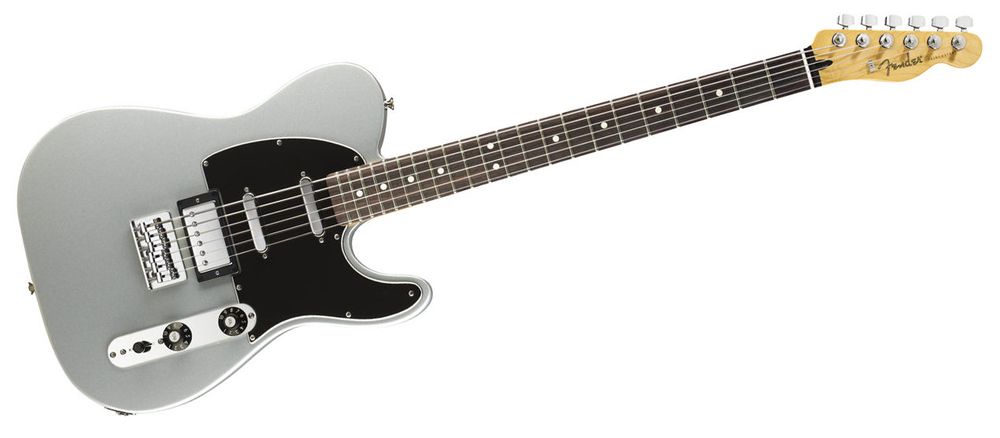3. Construction
Construction
At first, the usual pickup configuration consisted mostly of single-coil models, which stand for a slimmer and more direct bass and an overall clean sound. Special high gain amps hadn't been invented at the time, and distorted sound was rather frowned upon. As we know, this attitude was not destined to last, and as soon as more powerful humbuckers and amps - able to amplify the typical sound of the baritone guitar in distortion, too - became available, the baritone guitar made its way into the world of hard'n'heavy music. Ever since, it has been a fixture in many productions, and by no means in rock music alone. Even jazz master supreme Pat Metheny has devoted an entire CD to this most inspirational class of musical instruments.
The lower tuning is possible due to the guitar's longer neck. A fender Strat's scale length, for example, is 648mm, and that of a Les Paul 628mm. The length range of a baritone guitar from nut to bridge is usually somewhere between 673mm and 762mm. As this scale length is often given in inches, the corresponding figures would be 26.5 and 30 inches, respectively. A piece of advice: If you come across inches but live your life in centimetres or vice versa, just multiply the number by 2.54 - or conversely divide it by the same factor - and presto, you've got a number you can relate to.

Your Contacts
Product Highlights
Offers
-
8 String Guitars
-
Baritone Guitars
Recommended categories
Do you like what you're seeing?






